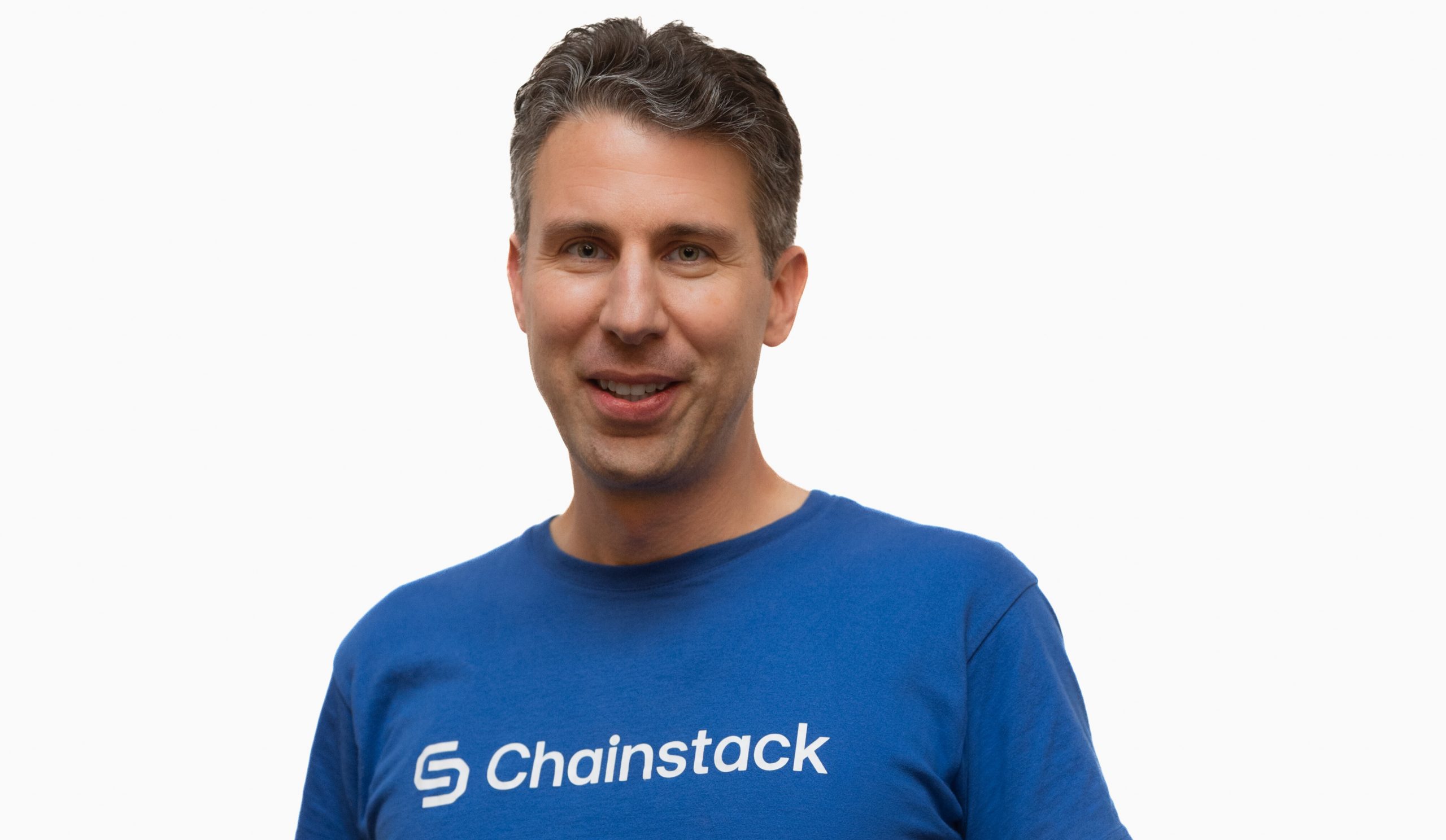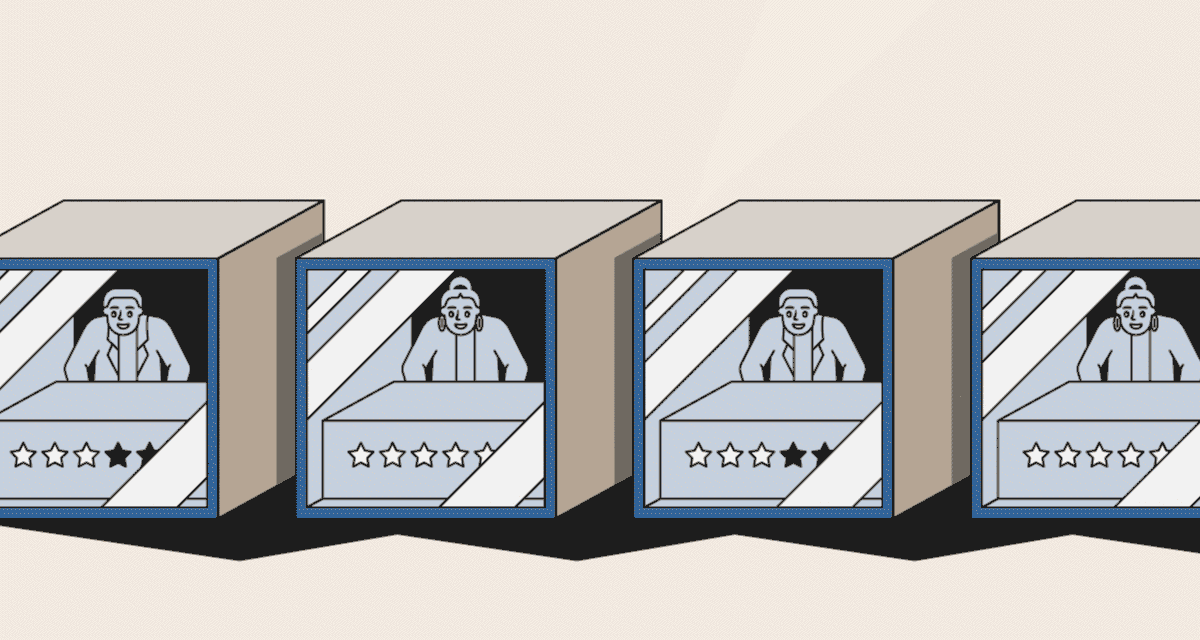5 tips on doing good user research for startups
My design folks always ask me if I do user research at Honestbee. Of course, we do! In fact, with a startup’s limited resources, it’s even more important to have user research.
In the Warm Gun 2014 conference, Branden Kowitz gave great points about how startup designers can focus on what really matters:
It is the curiosity of what problems you wanna tackle, the maker spirit of getting your hands dirty, and the iterations that have been validated in front of people as early as possible.
As a product designer, understanding users and learning the most from iterations are the premise of your design. But how do you make user research effective and valuable for startups? Below are some notes that I’ve learned along the way.
Demographics and goals
Ensure you’re seeking the appropriate participants, tools, and means for your study. Use the 5W1H framework—Why do you want to do the research? What do you want to know? Who will be involved in the sessions? Where is the proper place to conduct it? When are the proper deadlines? How do you conduct the research with limited resources? How many sessions will you conduct? This can go on and on.
By understanding all of the above, you’re making sense of the plan, revealing insights, and using clearly defined goals as a guide.

Simple drafts that I would do beforehand.
Be flexible and creative
Having a design background, I’ve been attached to holistic qualitative methodologies and processes for years namely, understanding who your participants are, the contextual inquiry, and observations, which normally would consume a decent amount of resources to achieve.
However, for fast-moving startups, designers need to be flexible and creative with their limited time and resources. That’s how you make your research agile. Here are some interesting stories about how we found ways to conduct research in an agile way.
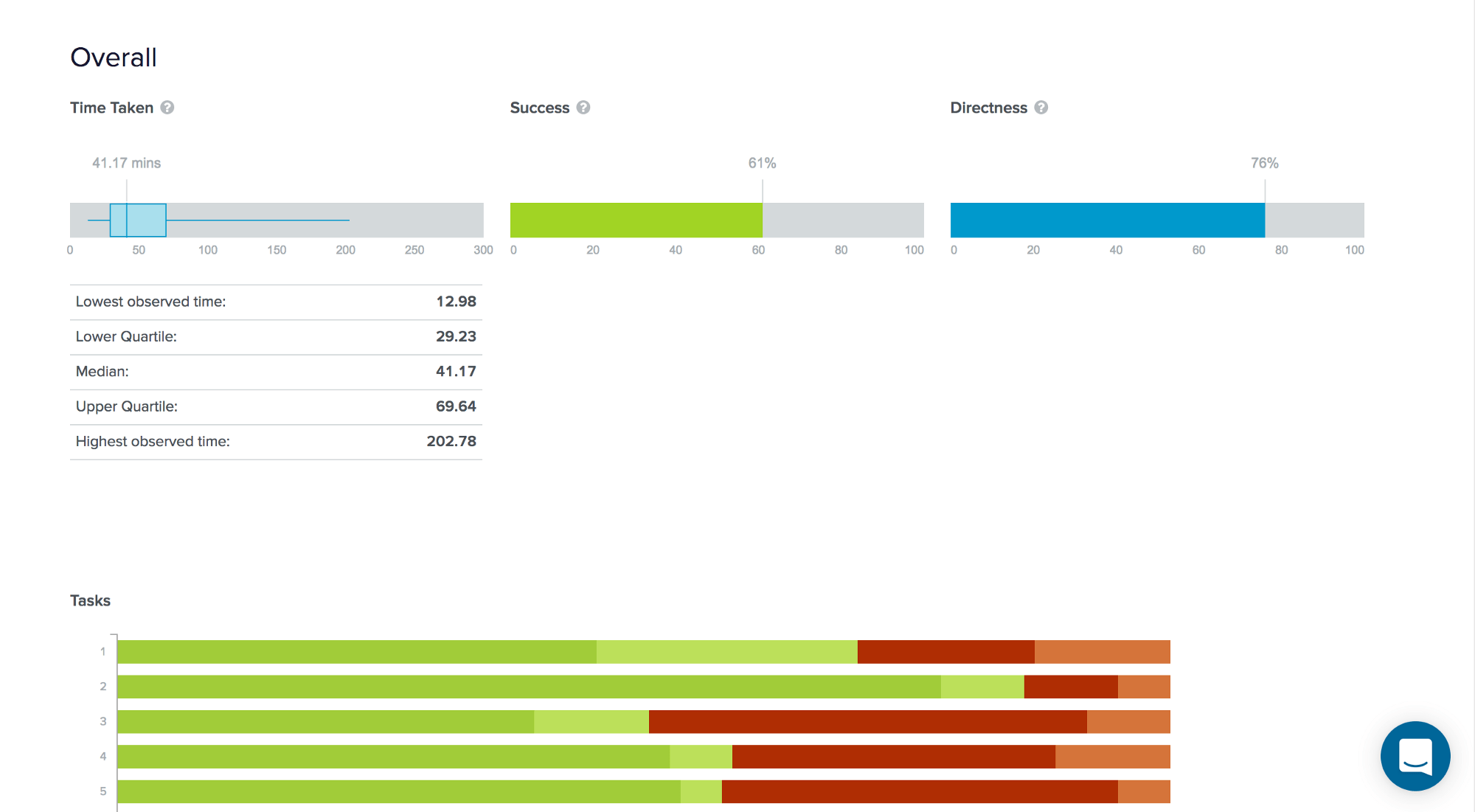
This was a tree-test that required participants from different cultural backgrounds. At first, we were struggling with recruiting the right participants, assuming it would be a costly and time-consuming task. Then, at one point we realized that there are 38 nationalities in our organization, which is the perfect target audience for the tree-test.
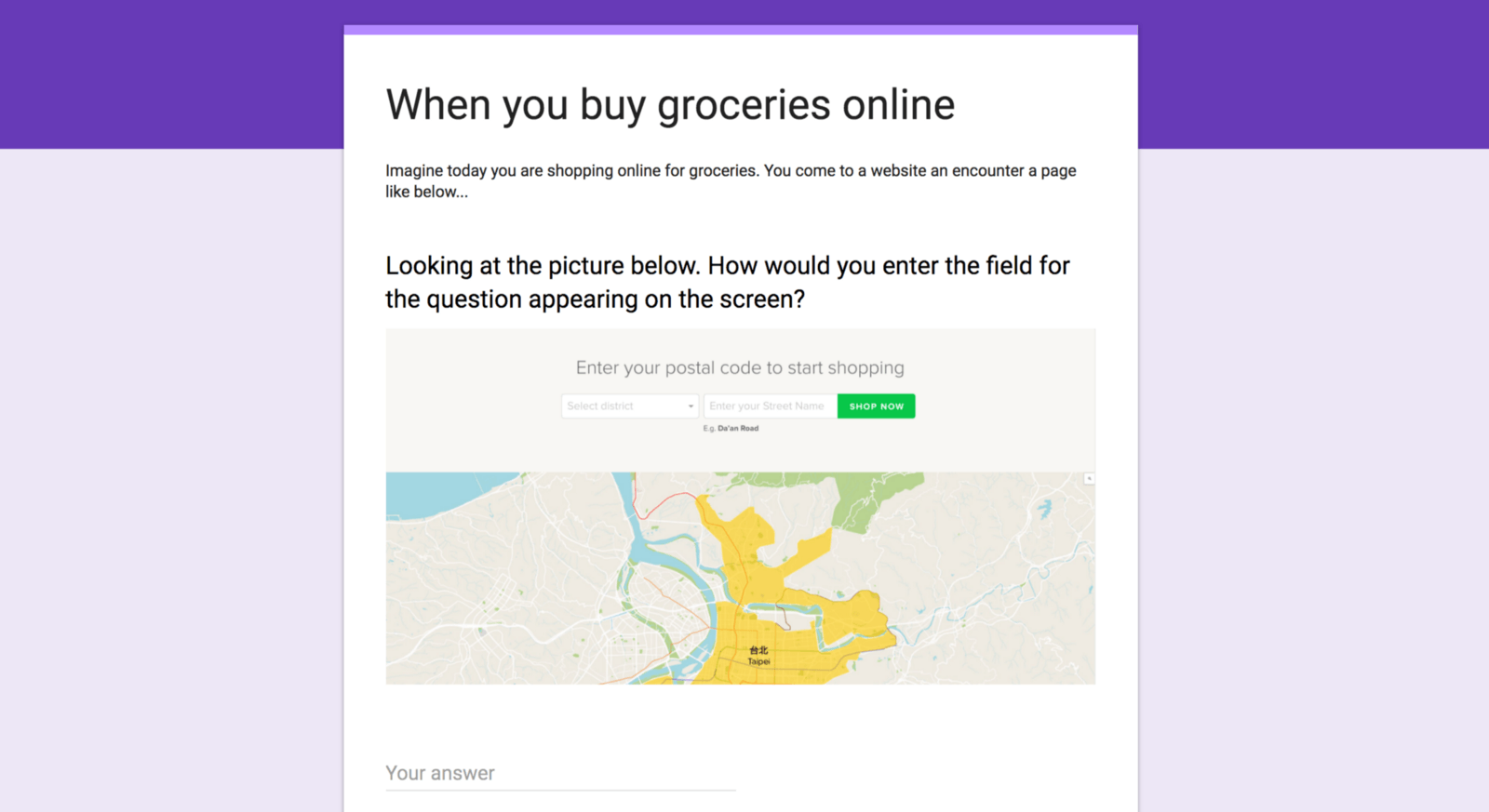
To validate how people would react to the design, instead of spending several days making a working prototype, we sent out a survey that took us only 10 minutes to produce and mimic almost 90 percent of a user test.
Startups are not academic organizations; designers need to play smart and be resourceful to conduct design research. Seek out your co-workers and brainstorm innovative ways to conduct the research that fits the occasion.
Make proper fidelity prototypes
No one wants to throw out a digital prototype that took hours to make. However, investing in the right level of a prototype presents your study without wasting time. After seeing lost and confused users in some experimental sessions, I believe that a proper fidelity prototype is key to an efficient user research.
In the article Paper Prototyping: The 10-Minute Practical Guide by UXPin, Jerry Cao highlighted the disadvantages of paper prototyping:
There’s just no way to replicate the experience of using a digital product on paper, no matter how detailed it is. Paper prototypes require a great deal of imagination, and there’s a lot lost when imagining what a product will be like. What the users are thinking may be different than what you are, but the feedback doesn’t reflect this.
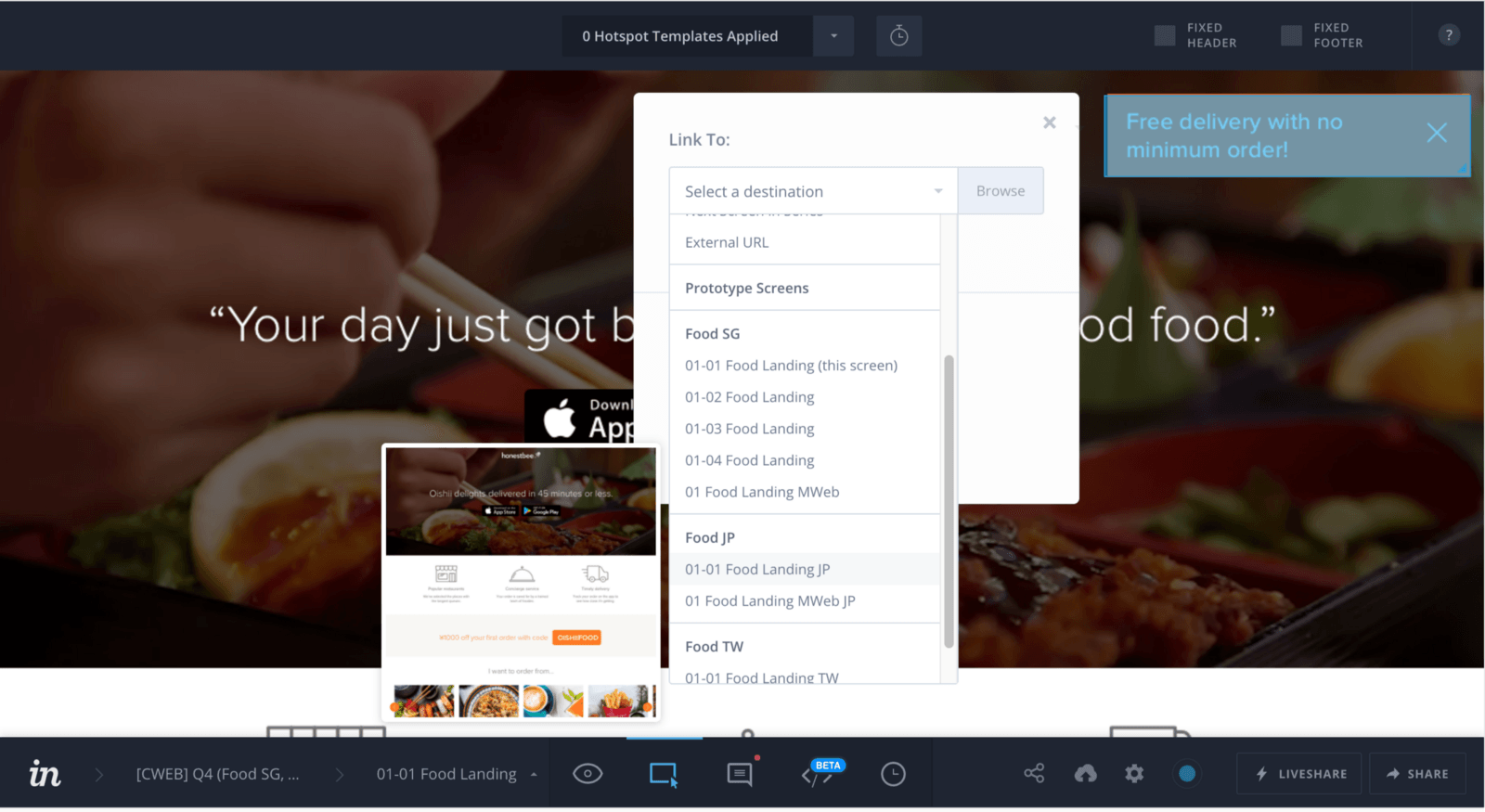
Invasion is an app that can make prototypes with just several clicks.
It might even be quicker to build prototypes with software than to spend time with paper before making it digital. Online templates such as UI8 and Sketch App Sources allow you to integrate photos or content you need. Prototyping tools like invision, flinto, or principle empower you to make mockups that look almost real. All of these help build solid prototypes fast and prevents users from getting lost in the sessions.
Invite relevant co-workers to the sessions
The great thing I like about user research is understanding the things you thought you knew but actually didn’t. I also especially like inviting developers and product managers to the sessions. Sometimes, developers see blind spots that you wouldn’t have thought of and product managers suggest ideas for new features. Their insights come from different perspectives and backgrounds.
When you start to make your user study a team-wide activity, it not only fosters collaboration, but it also helps other team members focus on the core user problems. It’s definitely a non-zero sum game.
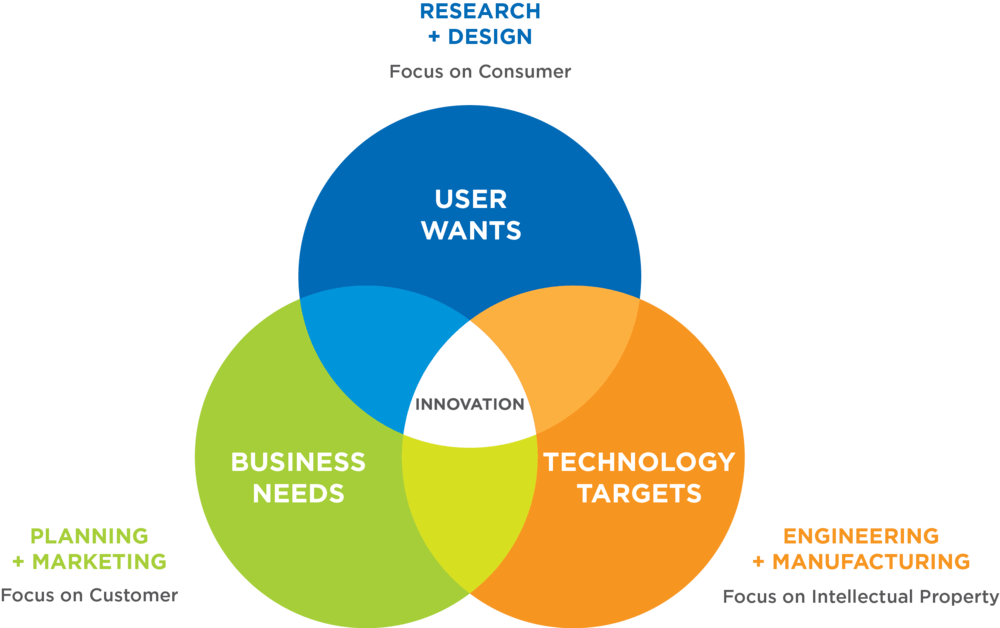
Collaboration from different backgrounds inspires innovation. Source: In2innovation.
Outcomes made easy and insightful
You’ve carefully planned ahead, got your hands dirty from making tons of prototypes, and finished all the user research. As a finial step, focus on the analysis and share the data. This is the most valuable step of your research. As Erika Hall mentioned in Just Enough Research:
Whatever type of research you’re doing and wherever it falls in your schedule, follow these six steps: 1. Define the problem; 2. select the approach; 3. plan and prepare for the research; 4. collect the data; 5. analyze the data; 6. report the results. With practice, the first three steps will become muscle memory and you can focus on collecting, analyzing, and sharing the data.
Proper documentation for the topic and your organization is key. A presentation, report, or something as simple as an email would be great. Don’t make a lengthy 50-page report if it’s not needed, and remember to avoid beating around the bush. Summing up with pain points, direct action items, and suggestions is always good.
Getting user research done in a startup is a huge challenge because of the hectic demands and pressure. However, user research is powerful in revealing core problems, the right products to develop, and the right audience.
Hopefully, this short note helps those who are new as a startup designer. Make the best of your expertise to boost your user-centric startup strategy.
This is an opinion piece.
This article was first published on Medium.
Recommended reads
 Get near-instant insights on Tech in Asia with Go Deeper Q&As
Get near-instant insights on Tech in Asia with Go Deeper Q&As How startups can make chatbots more than a digital dead end
How startups can make chatbots more than a digital dead end Right back at you: AI vs. AI in cybersecurity
Right back at you: AI vs. AI in cybersecurity Singapore AI startup obtains $5m in Square Peg-led seed round
Singapore AI startup obtains $5m in Square Peg-led seed round The practical lessons in Grab’s AI marketing playbook
The practical lessons in Grab’s AI marketing playbook Peak XV’s Surge leads $2.75m seed round of Indian log analytics firm
Peak XV’s Surge leads $2.75m seed round of Indian log analytics firm Meta launches first models of its latest Llama 3 LLM
Meta launches first models of its latest Llama 3 LLM Singapore authors raise copyright concerns over IMDA’s AI model
Singapore authors raise copyright concerns over IMDA’s AI model Singapore-based ‘Web3 development stack’ secures $6m
Singapore-based ‘Web3 development stack’ secures $6m VCs, now you can have your say on Glasswall
VCs, now you can have your say on Glasswall
Editing by Jaclyn Teng
(And yes, we’re serious about ethics and transparency. More information here.)








